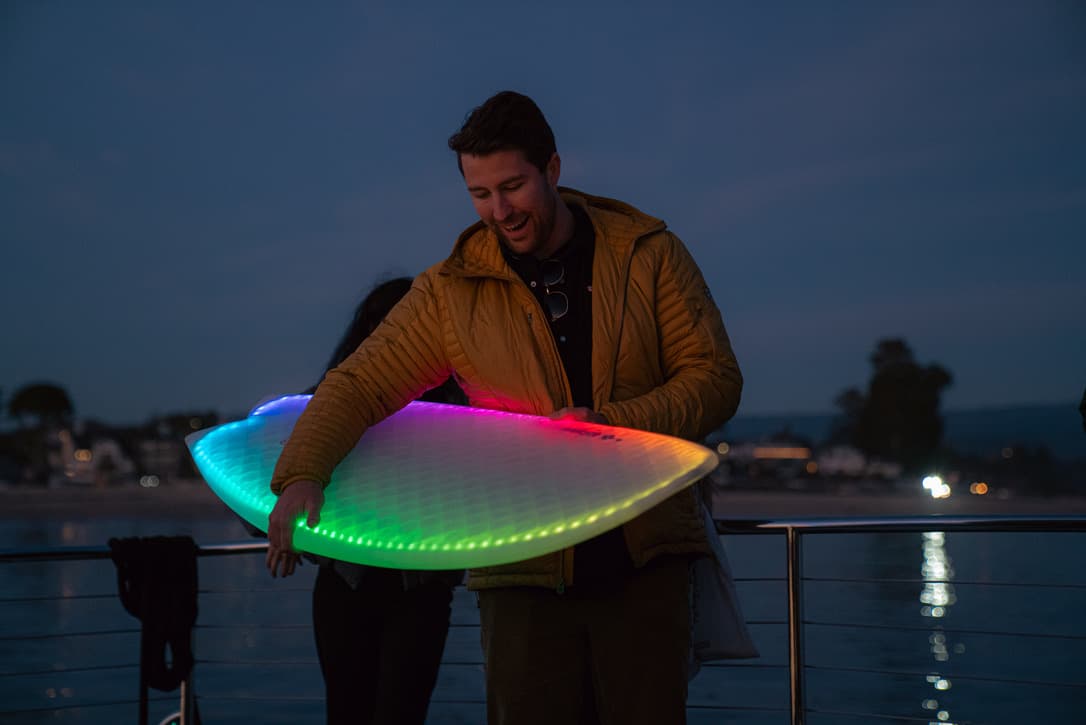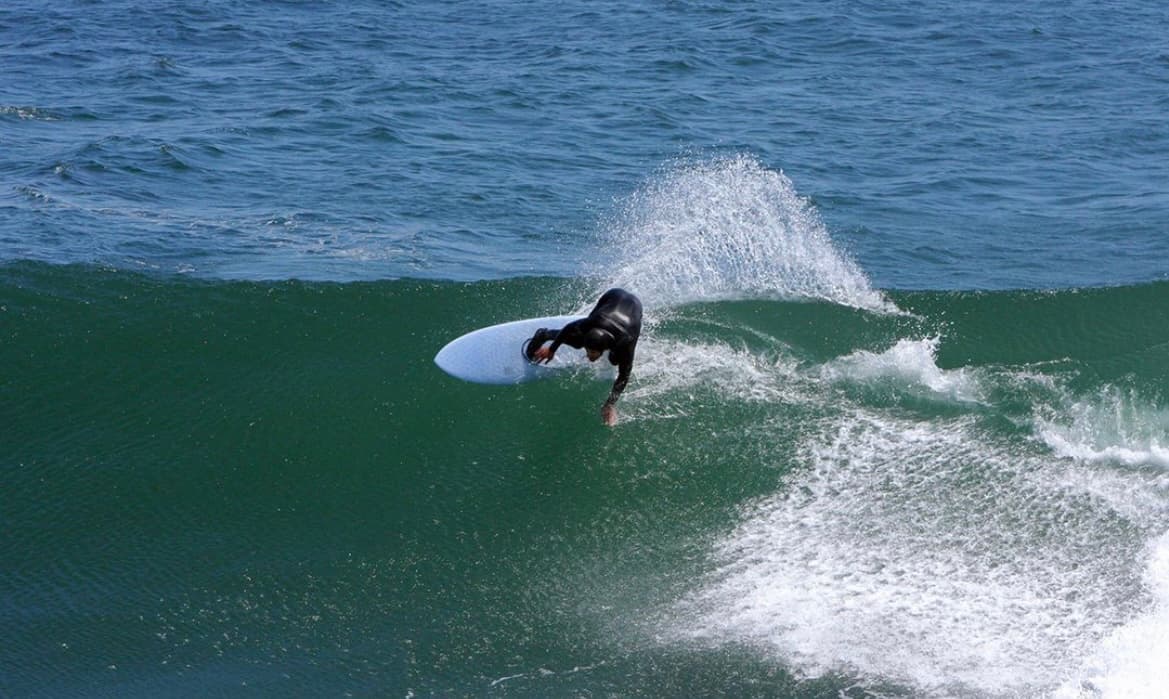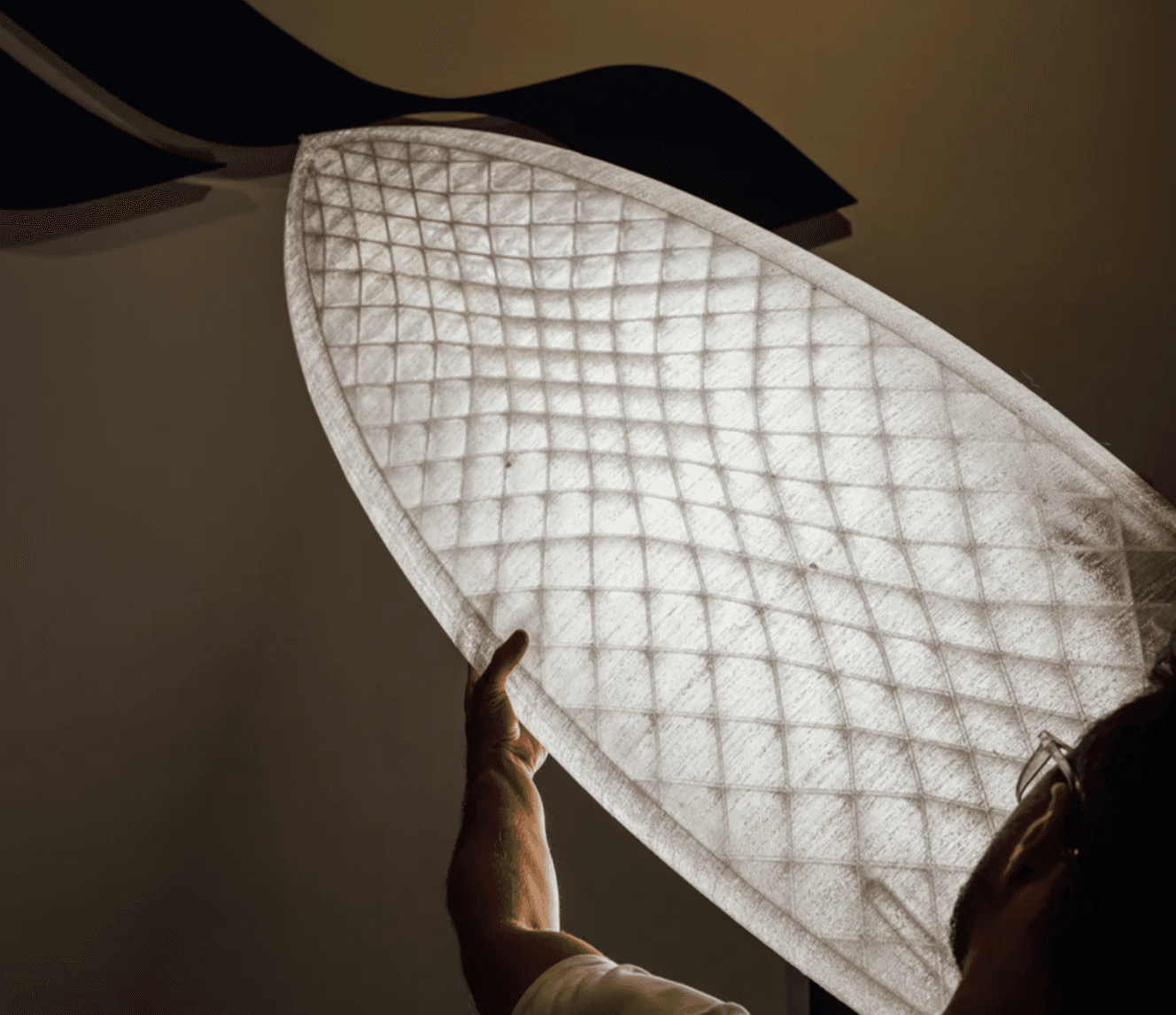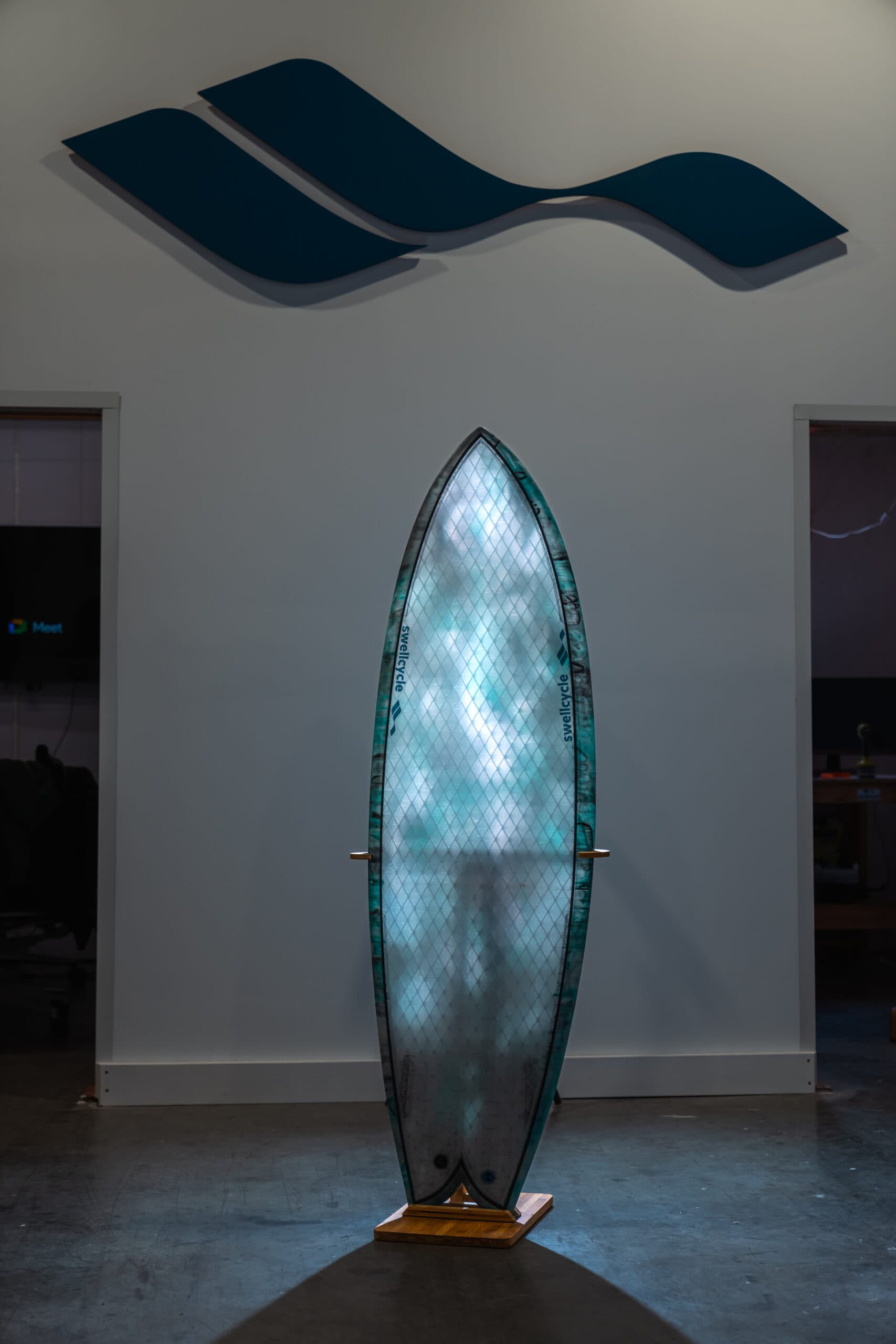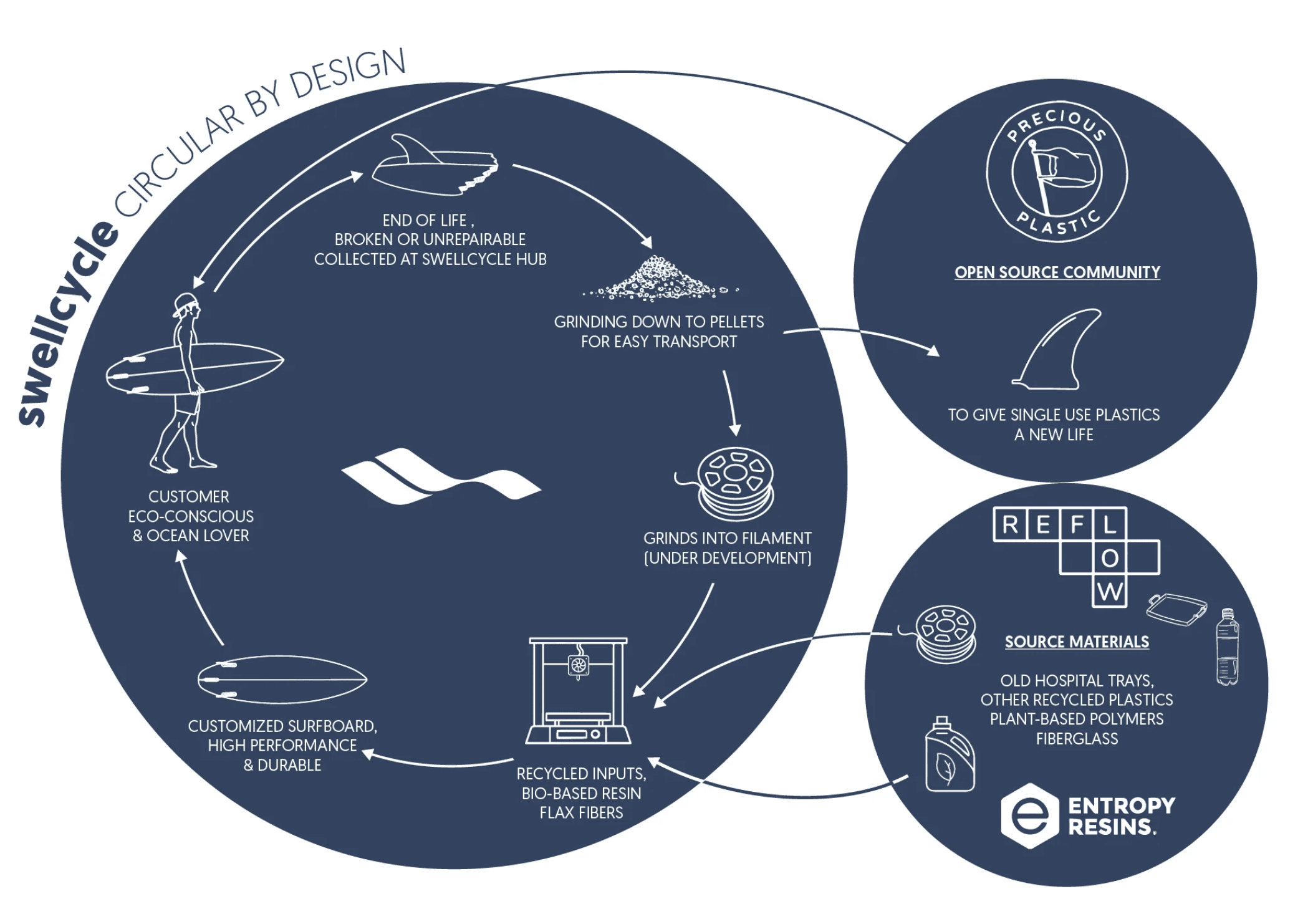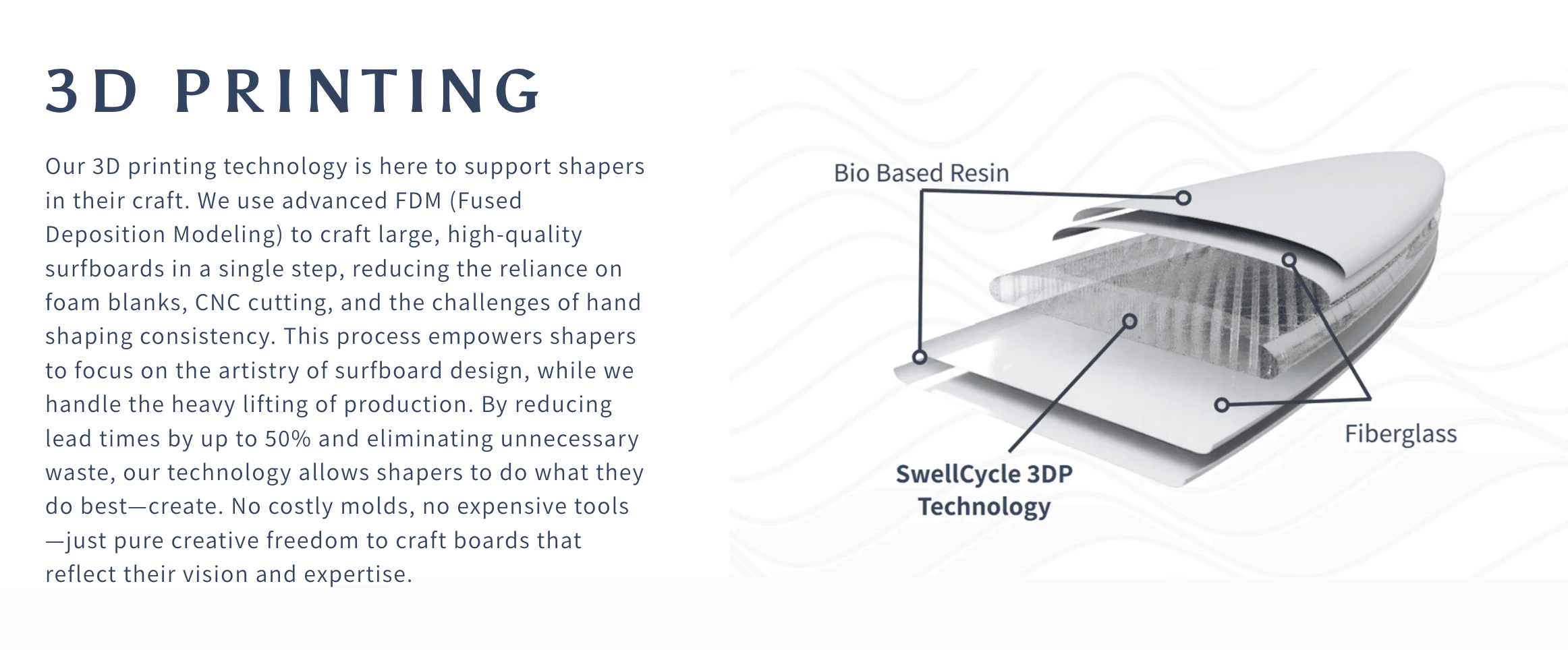As we inch closer towards a quarter century of living in this new millennium, human beings know more about our environmental impact on our treasured Earth than ever. While great progress has been made to undo the wholesale destruction wrought by the industrial revolution and our current technological age, things are still looking grim.
The destruction of pristine habitats resulting in the extinction of flora and fauna, wholesale rape of precious natural resources, unbridled emission of carbon dioxide and other pollutants, and much, much more, continue at alarming rates. Considering the lack of scientific understanding concerning our detrimental global impact say, a hundred years ago, it doesn’t make sense to harbor exorbitant resent towards those generations past.
These days, however, there’s no excuse for our inaction in righting these wrongs. We’re balanced precariously on a precipice, and time is running out. It’s all very concerning, however we can find some solace in the fact that there are countless intelligent individuals working together to turn the tide, hopefully for good.
Considering our love for the ocean and the sweet waves it gifts us, it should be a no-brainer that surfers would be at the forefront of these efforts of conservation and preservation, yet almost every product we use is extremely horrible for the environment. Thankfully, this contradiction has, in recent years, urged forward thinking surfers to devise practices and technologies to address this unpleasant truth.
One such individual is Patricio Guerrero, the founder of Swellcycle Surfboards, and he’s on a mission to transform our wasteful and toxic surfboard building industry. Swellcycle specializes in crating sustainable surfboards using 3D printing techniques and recycled materials, and has recently, and deservedly, received acclaimed for their forward thinking approach.
I recently met with Guerrero to find out more about his exciting and promising campaign. I hope his crusade provides you comfort and hope in a world gone mad!

